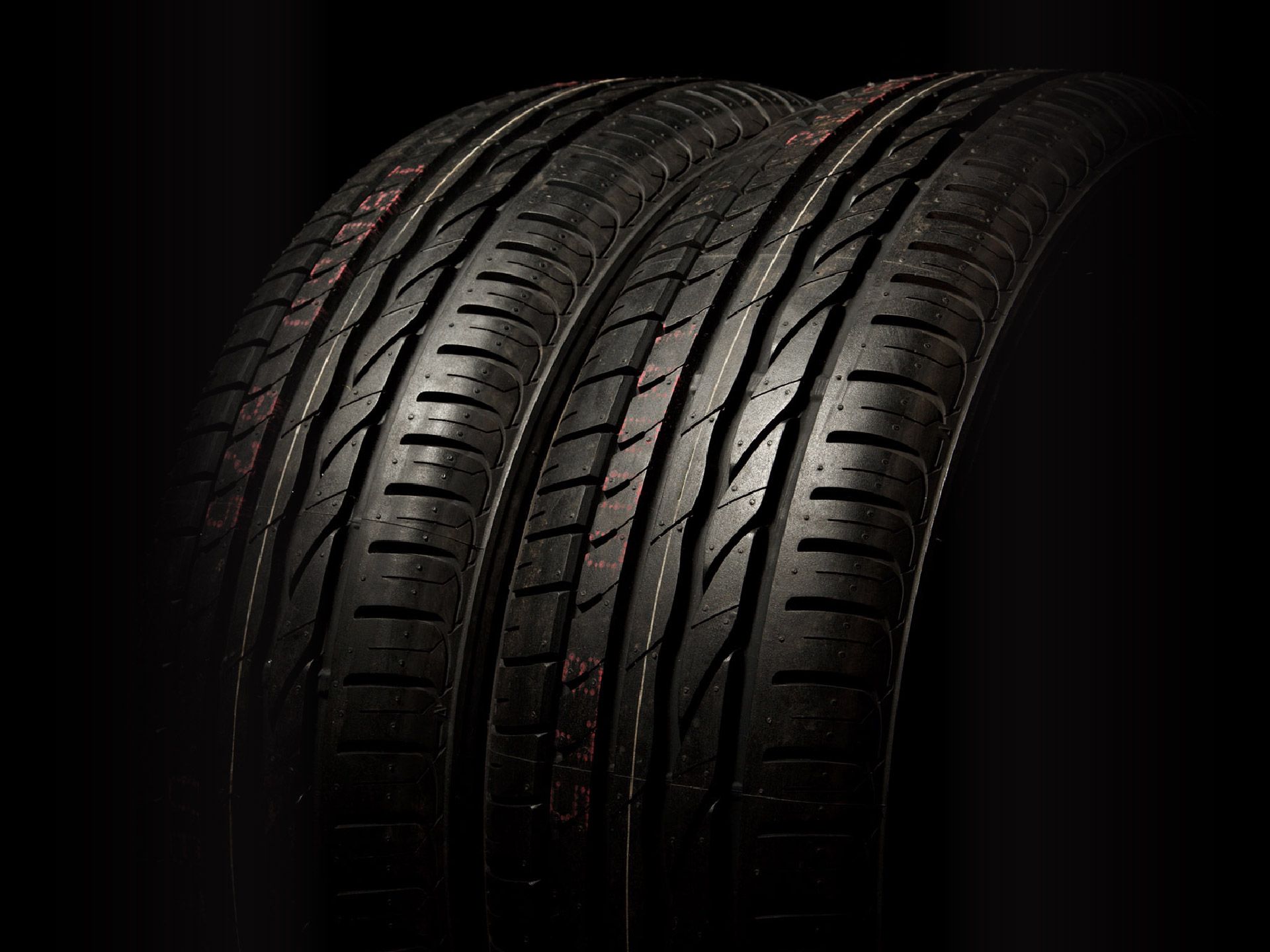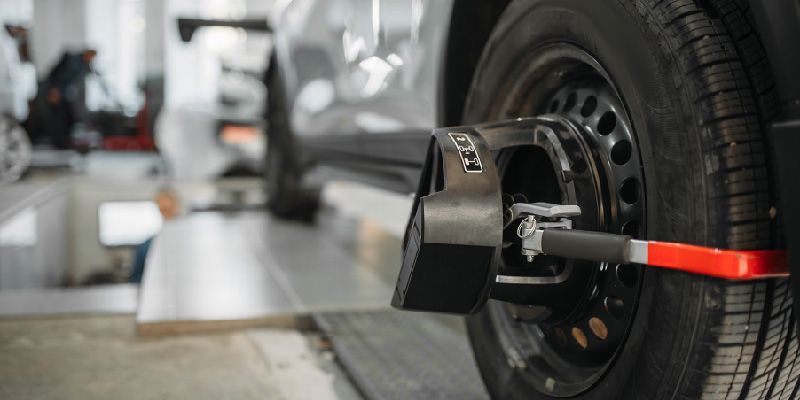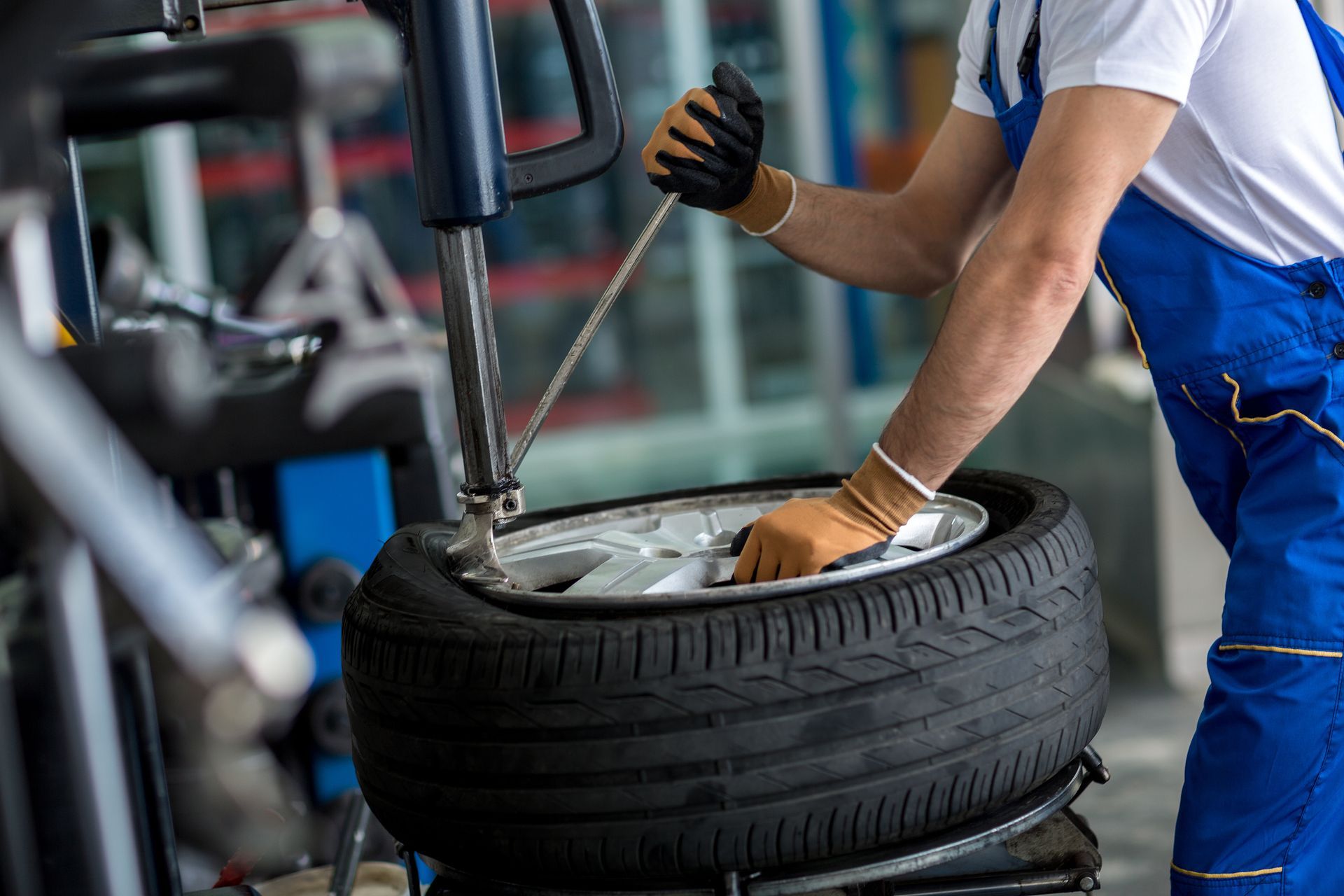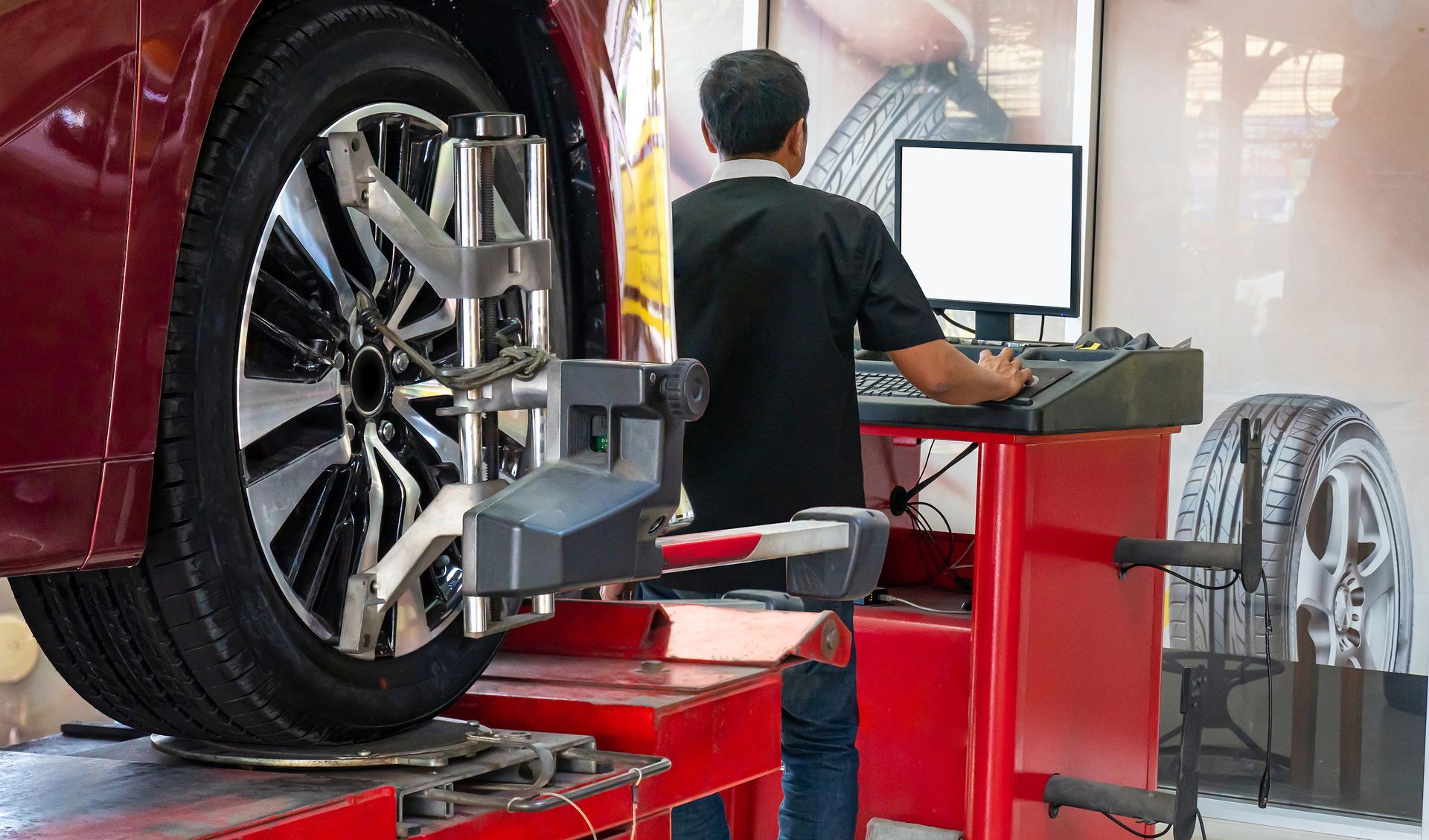How to Determine the Age of a Tire

Knowing the age of your vehicle's tires is crucial. It's not just about the tread depth or visible wear.
Tire age can significantly impact your vehicle's performance and safety.
In this guide, we'll walk you through the process of tire age determination. You'll learn how to decode the Department of Transportation (DOT) code on your tires.
We'll also discuss the importance of regular tire inspection and the implications of tire wear.
Whether you're a car owner, a potential buyer, or just an automotive enthusiast, this guide will be of great value.
Understanding the Importance of Tire Age
The age of a tire plays a significant role in its performance. As tires age, they can lose their grip, increasing the risk of accidents.
Moreover, old tires are more prone to blowouts. This is due to the degradation of the rubber compounds over time.
Knowing the age of your tires can help you make informed decisions about when to replace them. This is crucial even if the tires appear to be in good condition.
In essence, understanding tire age is a key aspect of vehicle maintenance and safety. It's not just about the tread depth or visible wear, but also the tire's structural integrity.
Decoding the DOT Code on Your Tires
Every tire comes with a Department of Transportation (DOT) code. This code is a treasure trove of information about your tire.
The most crucial part of this code is the last four digits. These digits reveal the week and year the tire was manufactured.
For instance, a code ending in '3217' means the tire was made in the 32nd week of 2017. This information is vital for tire age determination.
However, the DOT code isn't always easy to find or interpret. Let's break down how to locate and understand this code.
Locating the DOT Code
The DOT code is usually found on the tire's sidewall. It's often near the rim, in a small, indented area.
However, the code might be on the inner sidewall. This means you might have to crawl under your car to see it.
Interpreting the Manufacturing Date
The last four digits of the DOT code represent the tire's manufacturing date. The first two of these digits indicate the week, and the last two the year.
For example, '3217' means the tire was made in the 32nd week of 2017. This is a simple yet effective way to determine tire age.
Remember, the manufacturing date is not the same as the purchase or installation date. Always rely on the DOT code for accurate tire age determination.
Signs of Tire Aging and Wear
Tire age determination isn't just about the manufacturing date. It's also about understanding the signs of aging and wear.
Tires age even when not in use. This is due to environmental factors like heat, cold, and sunlight.
Aged tires may show signs like cracks in the sidewall or tread. They may also have a faded color or a hard, brittle texture.
Regular tire inspection can help detect these signs early. This can prevent accidents caused by tire failure.
Visual Inspection for Aging
A visual inspection is a simple way to check for tire aging. Look for cracks or cuts in the sidewall.
Also, check for bulges or blisters. These can lead to a blowout.
Discoloration or fading can also indicate aging. This is often due to exposure to sunlight and heat.
Understanding Tread Wear
Tread wear is another important aspect of tire inspection. It's not directly related to tire age, but it's crucial for safety.
Tires with worn treads have less grip. This can lead to skidding, especially in wet conditions.
Use a tread depth gauge to check tread wear. If it's below the legal limit, replace the tire, regardless of its age.
When to Replace Your Tires
Knowing when to replace your tires is crucial. It's not just about tread depth.
Tire age plays a significant role too. Even if a tire looks good, it may not be safe.
Most experts recommend replacing tires every six to ten years. This is regardless of their appearance or tread depth.
Remember, safety should always be your top priority.
The Six-Year Rule
Many tire manufacturers recommend the six-year rule. This means replacing your tires every six years, regardless of their condition.
This rule is based on the average lifespan of a tire under normal conditions.
Legal and Safety Considerations
In some regions, there are legal requirements for tire age. For example, in the UK, tires over ten years old are banned on the front axles of buses and trucks.
Ignoring these laws can lead to fines or even accidents. Always check the local regulations in your area.
Remember, your safety and the safety of others on the road is paramount.
Maintaining Tire Health and Longevity
Proper tire care can extend their lifespan. It can also improve your vehicle's performance and safety.
Here are some tips to maintain your tires:
- Regularly check tire pressure and adjust as needed.
- Rotate your tires every 5,000 to 8,000 miles.
- Avoid driving on damaged roads or over potholes.
- Keep your vehicle's alignment and balance in check.
Proper Tire Storage and Care
If you have spare tires, store them properly. Keep them in a cool, dry place away from sunlight and chemicals.
Cover them to protect from dust and moisture. This can help prevent premature aging.
Regular Tire Inspections and Rotation
Regular tire inspections are crucial. They can help detect early signs of wear and aging.
Rotate your tires regularly. This ensures even wear and extends their lifespan.
Remember, proper tire care can save you money and keep you safe on the road.
Conclusion: The Role of Tire Age in Vehicle Safety
Understanding tire age is crucial for vehicle safety. It helps prevent accidents caused by tire failure.
In conclusion, regular tire inspections and understanding tire age can ensure a safer ride. Always prioritize safety over tire longevity.









